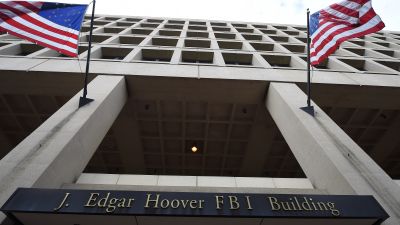
(Getty images)
These days, when people ask how I’m doing, I tell them that I’m ready to tear my hair out, since the terms “fake news” and “post-truth” have now entered the public consciousness in the aftermath of the 2016 presidential election. And not only is the label being applied to bogus stories that masquerade as news, it’s also being used to describe stories from reputable news outlets. “Fake news” has become a synonym for “news I don’t like.”
The age of “truthiness,” a term coined by Stephen Colbert during the inaugural broadcast of The Colbert Report, is here. It refers to the feeling that something must be true, even if we have no evidence to prove it. We’ve seen many examples of this all over the internet, where misinformation often resembles news. Tweets from conspiracy theorists don’t look much different from New York Times news alerts. The Facebook post that purportedly contains KFC’s secret recipe looks the same as the investigative report from The Guardian.
So what do we do? Do we depend on social media platforms to police the information? They have had limited success so far, and any measures they take raise censorship concerns.
Do we hope purveyors of false information will eventually come around to the facts? The “Backfire Effect,” which journalist David McRaney described as “when your deepest convictions are challenged by contradictory evidence, your beliefs get stronger,” dashes that hope.
So now what?
We think the answer is education.
For the past decade, my colleagues and I have been working to equip students and teachers with the critical thinking skills that all savvy news consumers need. At the Center for News Literacy, we have developed a course that has been taught to more more than 10,000 undergraduates at Stony Brook University, and thousands more at schools around the globe.
Universities in Hong Kong, Vietnam, Russia and Poland, among others, have adopted our curriculum. In the US, at least 25 colleges and universities have also adopted our model for teaching News Literacy, and a number of primary and secondary schools have used our materials in their existing classes. Over the past five years, I have been working with local institutions both in the Chicago area and around the state of Illinois to get our curriculum in the hands of more educators.
Many of our lessons resonate, because we reinforce “common sense” ideas and skills. The notion that we should verify claims made by politicians, pundits and other sources is nothing new. Stressing the need to be active and critical consumers of information is not a radical notion.
However, the most difficult obstacle to overcome is our own minds, which push us to seek comfort in information we agree with rather than the truth. It’s important, then, to train ourselves to seek factual information on which we can act with confidence.
That’s where news literacy comes in. With our partners at the University of Hong Kong, we’ve developed a new method to help more people seek out and find reliable news in a Massive Open Online Course, offered through Coursera. It’s called Making Sense of the News, and it’s a six-week course that will give learners access to the complete set of tools that make up the Stony Brook model of teaching News Literacy. We teach you not WHAT to read and consume, but rather HOW to critically consume information and make yourself a more informed and engaged citizen.




